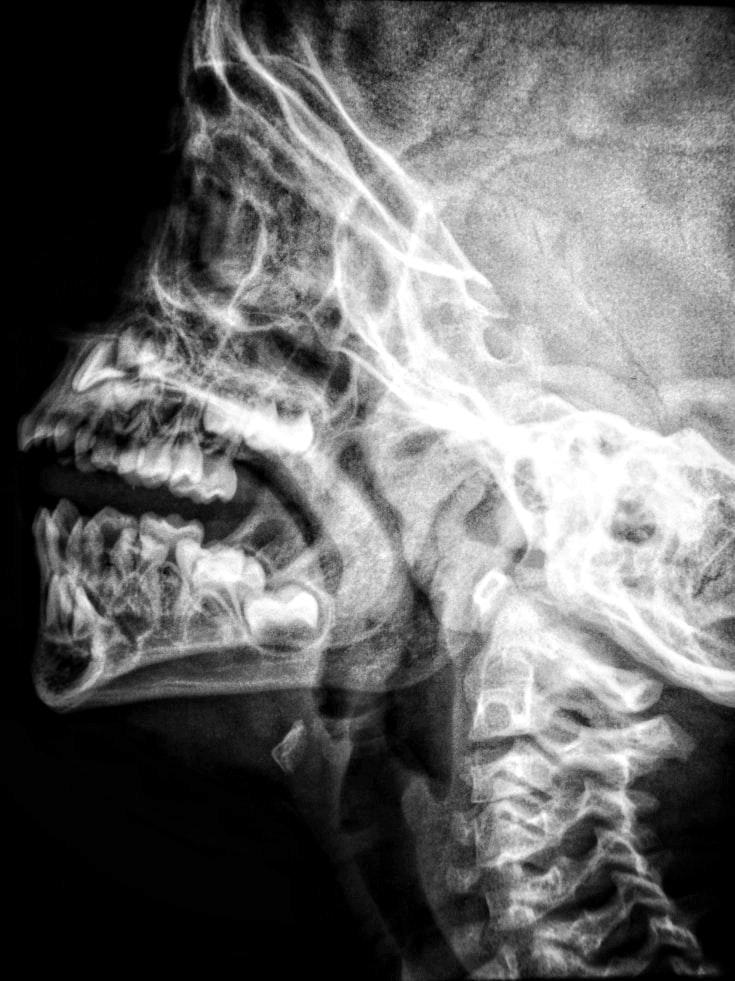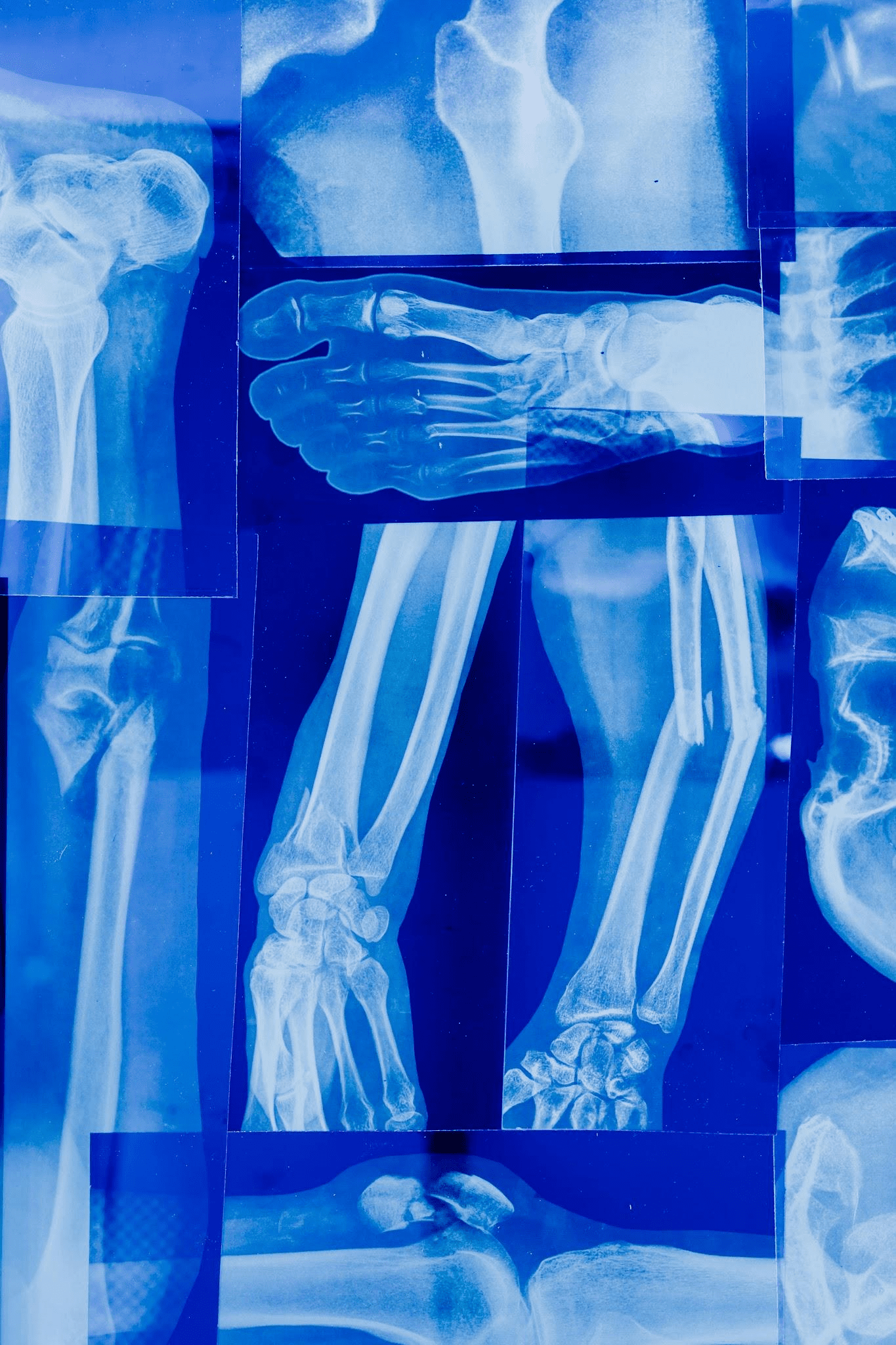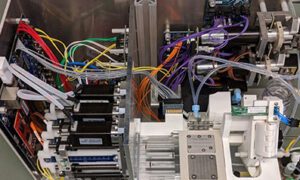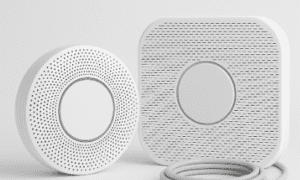Medical imaging plays a crucial role in modern healthcare, providing doctors with detailed insights that support accurate diagnoses and effective treatment planning. Over the past decade, technological innovations have transformed this field, improving image clarity, speeding up diagnostic processes, and expanding the range of conditions that can be detected early. Patients benefit from faster results, less invasive procedures, and a more personalized approach to care.
For healthcare providers, staying up to date with these advancements ensures they can deliver the highest quality of service. From upgraded scanners to artificial intelligence applications, technology is reshaping how medical imaging is performed and interpreted.
Expanding Access and Improving Accuracy
Technological advancements are enhancing the quality of medical images and making them more widely accessible. Clinics and diagnostic centers worldwide are adopting cutting-edge tools that allow patients to receive faster and more accurate assessments. Facilities offering a wide range of diagnostic services, from Surfers Paradise medical imaging services to regional community clinics, are integrating digital systems that provide clearer results with reduced wait times. Improved scanner designs and high-resolution imaging technology enable clinicians to detect abnormalities earlier and with greater precision.
This accuracy minimizes the likelihood of misdiagnosis and ensures patients receive timely interventions. By expanding access to advanced imaging, healthcare systems can serve both urban and rural populations more effectively, closing gaps in medical care.
Advancements in Imaging Modalities
Several imaging modalities have experienced significant improvements through technological innovation. MRI, CT, ultrasound, and X-ray systems now deliver sharper images with lower radiation exposure and faster processing times. For example, modern CT scanners can capture detailed cross-sectional images of the body within seconds, reducing the discomfort of long scan times for patients.
MRI technology has evolved to produce clearer images of soft tissues, allowing specialists to diagnose neurological, musculoskeletal, and cardiovascular conditions with greater accuracy. Ultrasound machines now incorporate real-time 3D and 4D imaging, offering dynamic views that support better assessments during pregnancy and cardiac evaluations. Even traditional X-ray systems have benefited from digital enhancements, producing sharper images while reducing the amount of radiation required.
Artificial Intelligence in Diagnostics
Artificial intelligence is revolutionizing how medical images are analyzed. AI algorithms can quickly scan large volumes of imaging data, identifying subtle patterns that may be missed by the human eye. This capability supports radiologists in making faster and more accurate diagnoses, particularly for complex or early-stage conditions.
AI tools help reduce workload pressures on medical staff by automating routine tasks, such as identifying normal scans or flagging potential abnormalities for closer review. As a result, radiologists can focus more on complex cases that require detailed interpretation. Integrating AI into diagnostic workflows improves efficiency, consistency, and patient outcomes.
Cloud-Based Storage and Remote Collaboration
The shift toward cloud-based storage has transformed how medical images are shared and reviewed. Traditionally, patients carried physical films or discs between specialists, which often led to delays and lost records. Cloud platforms now allow images to be stored securely online and accessed instantly by authorized healthcare professionals from different locations.
This advancement supports remote collaboration between specialists, enabling faster consultations and second opinions. A radiologist in one city can review scans taken hundreds of miles away, supporting local physicians in making timely decisions. For patients, this means quicker diagnoses and more coordinated care, particularly in complex medical cases.
Portable and Point-of-Care Imaging Devices
Portability is another major technological development in medical imaging. Lightweight, mobile devices allow healthcare providers to bring imaging services directly to patients, whether in emergency rooms, intensive care units, or remote community clinics. Handheld ultrasound devices, for example, provide real-time imaging at the bedside, helping clinicians make immediate decisions without transporting patients to a dedicated imaging suite.
Point-of-care imaging improves patient comfort and speeds up the diagnostic process. These tools are valuable in emergency settings, rural areas, and developing regions where access to traditional imaging facilities may be limited. By increasing flexibility, portable technologies expand the reach of modern medical imaging.
Enhanced Patient Experience Through Faster Results
Patients benefit significantly from technological improvements in imaging services. Faster scan times, reduced radiation exposure, and more comfortable equipment make the experience less stressful. Digital workflows allow for near-instantaneous transmission of images to radiologists, shortening the time between scans and diagnosis.
This speed means that treatment can begin sooner, which is critical for conditions that require rapid intervention, such as strokes, cancers, and internal injuries. Patients have better access to their imaging records through digital portals, allowing them to share information easily with multiple specialists or keep personal copies for their own health management.

Technological innovation has reshaped medical imaging, offering sharper images, faster diagnostics, and more accessible services. From AI-assisted analysis to cloud-based collaboration and portable devices, these advancements benefit patients and healthcare professionals alike. By embracing new technologies, medical imaging providers enhance diagnostic accuracy, reduce delays, and improve patient outcomes. As the industry continues to evolve, staying informed about emerging trends will be important for delivering high-quality, future-ready healthcare.



































